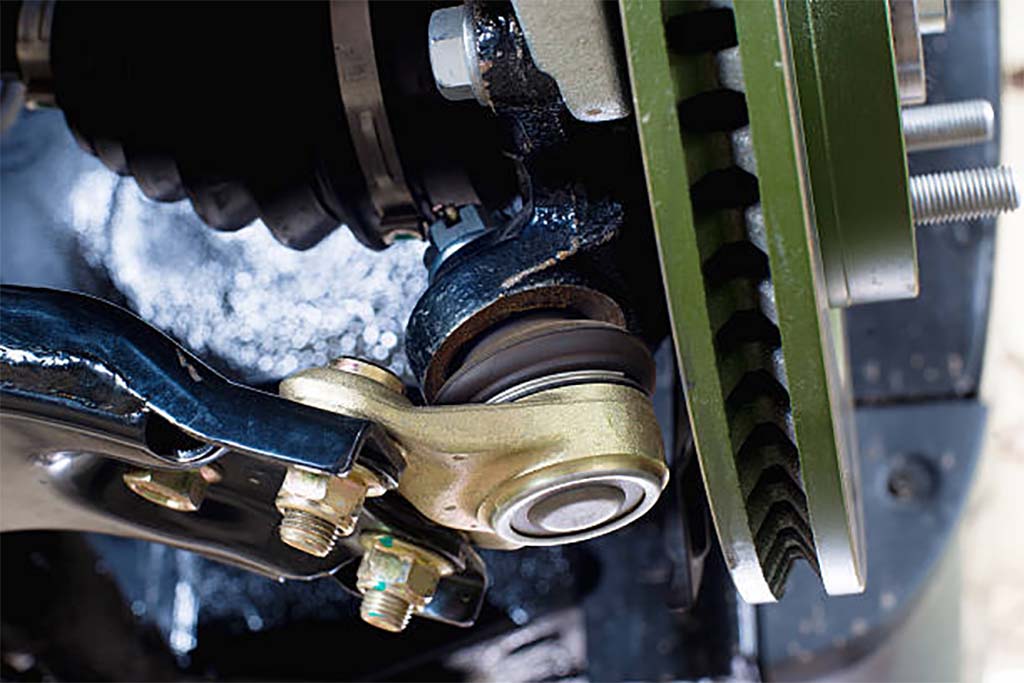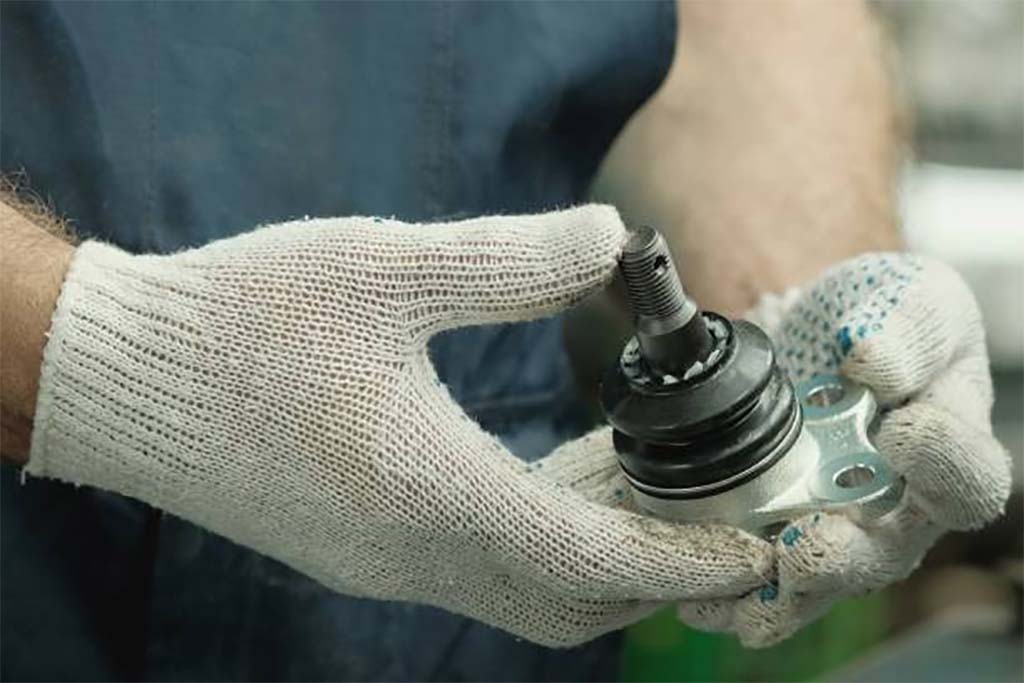
Deciphering the Differences: Ball Joints and U-Joints in Vehicle Suspension Systems
Navigating the intricate world of vehicle suspension systems can be quite daunting. Composed of a complex array of interconnected components, each piece plays a critical role in ensuring the vehicle operates smoothly and safely. Among these components, ball joints and u-joints, often termed as ‘universal joints,’ are integral elements. Each contributes significantly to a vehicle’s maneuverability, stability, and overall performance. However, despite their shared importance, they serve different functions and possess distinct characteristics. This article aims to unravel these differences, providing a comprehensive understanding of the unique roles and characteristics of both ball joints and u-joints in the context of a vehicle’s suspension system.

What are Ball Joints?
A type of bearing encased in a hardened steel housing, ball joints are pivotal in the realm of vehicle suspension systems. They serve as the connecting point between the steering knuckles and the control arms, essentially acting as the link between the wheels and the suspension. Ball joints are designed to spin and pivot, providing the necessary flexibility and freedom of movement. This ability allows for controlled wheel motion, which in turn facilitates precise steering and smooth suspension movement. A vehicle typically has upper and lower ball joints. The upper ones are responsible for maintaining tire alignment, while the lower ones bear the weight of the vehicle.
What are U-Joints?
On the other hand, U-joints or universal joints are flexible pivot points that transmit power allowing for varying angles of rotation. They are most commonly found in the driveshaft of a vehicle, connecting rigid rods whose axes are inclined to each other. U-joints are designed to compensate for the misalignment between the engine and the rear axle, especially during the suspension’s movement. When the rear axle moves over bumps, the angle between the driveshaft and the axle alters. U-joints accommodate this change, ensuring a constant transfer of power, irrespective of the angle.
Functions of Ball Joints and U-Joints
Both ball joints and u-joints play significant roles in a vehicle’s operation but in different ways. Ball joints connect and support various parts of the suspension system, allowing for the wheels’ smooth and controlled motion, making them crucial for steering and movement. On the other hand, u-joints, found in the drivetrain, ensure the continuous transfer of power from the engine to the wheels, regardless of the changing angles between them. This constant power transfer is crucial for maintaining the vehicle’s momentum and smooth operation.
Key Differences Between Ball Joints and U-Joints
While both ball joints and u-joints are fundamental components in a vehicle, there are key differences between them. Their functions, locations, and roles within the vehicle are different. Ball joints are focused on allowing controlled movement of the wheels and supporting the vehicle’s weight, while u-joints are more concerned with maintaining a constant transfer of power.
Grease for U-Joints: An Essential Component
Proper maintenance of these joints is crucial for their efficient operation and longevity. One critical aspect of this is the use of appropriate lubrication. For u-joints, a special grease is used, known as grease for u-joints. This lubricant is designed to reduce friction, prevent wear and tear, and ensure smooth operation. Regular lubrication can significantly extend the lifespan of u-joints and improve vehicle performance. You can read more about the importance and selection of the right grease for u-joints here.
Conclusion
In conclusion, ball joints and u-joints are vital components of a vehicle’s suspension system, each with unique roles and functions. Understanding these differences can provide valuable insight into how vehicles operate and the importance of proper maintenance, such as the use of appropriate lubricants like grease for u-joints. As with all vehicle components, regular checks and maintenance are crucial to ensure their effective operation and longevity.
While ball joints allow for the smooth and controlled movement of wheels, facilitating steering and suspension, u-joints enable the constant transfer of power from the engine to the wheels. This constant power transmission is vital for maintaining the vehicle’s momentum, irrespective of the changing angles between the drivetrain components.
A clear grasp of these components, their differences, and their functions can not only enhance your understanding of vehicle mechanics but also empower you to diagnose and address potential issues early. As we unravel the complexities of vehicle suspension systems, we appreciate the intricate engineering and the importance of each component in ensuring a safe and smooth ride.
So, whether it’s the pivotal role of the ball joints in steering and wheel movement, the critical function of u-joints in power transmission, or the importance of using the right grease for u-joints, each element contributes significantly to the vehicle’s overall performance. Ensuring their good health means guaranteeing your vehicle’s optimal performance.